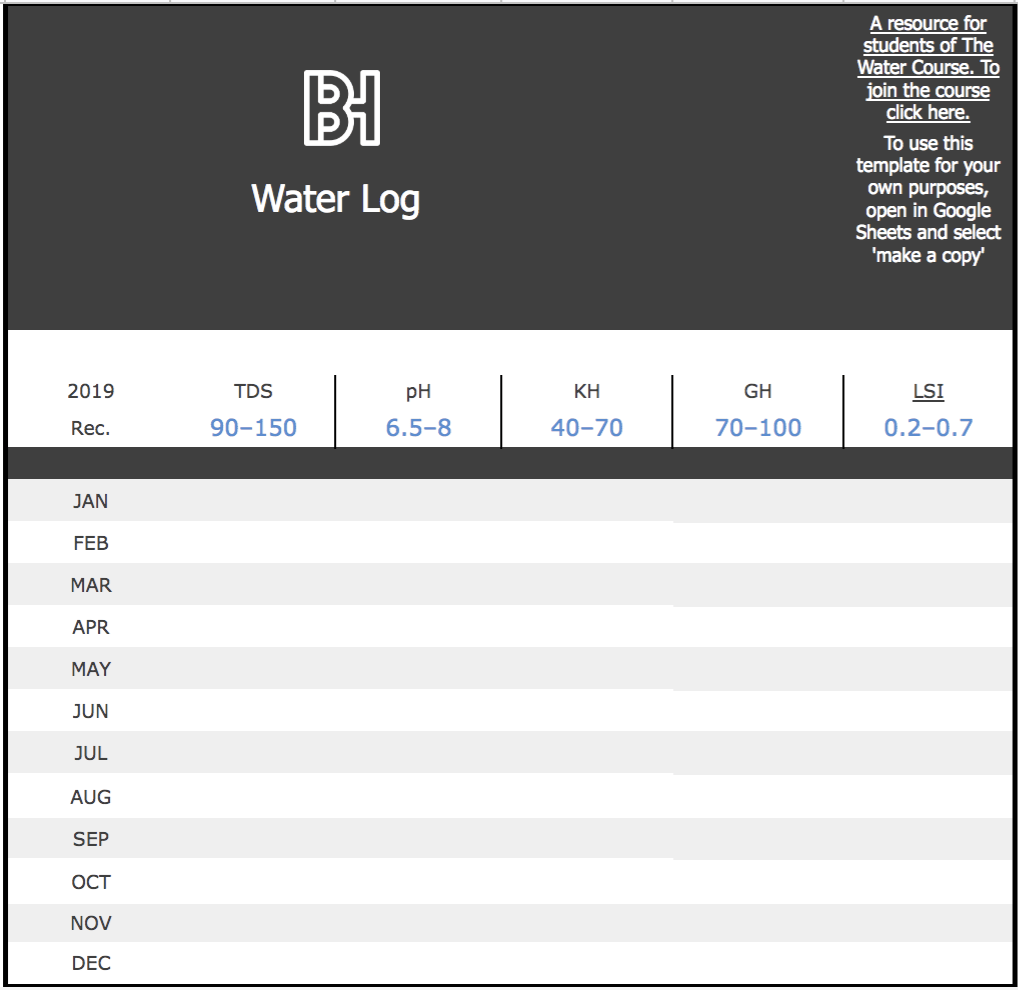Monitoring
Monitor Your Incoming Water Source
The best practice in cafe water management is to monitor changes in your water supply and to routinely record your findings. Your water supply might contain different levels of hardness and alkalinity across the year. In the summertime, water in the public network will be warmer and will thus be less able to hold onto calcium bicarbonate as it travels through the system. This is because, as mentioned earlier, calcium bicarbonate is less soluble at higher temperatures. This should bring about a slight drop in the amount of buffer needed in your water in the warm summer and the opposite in the winter, when the water is cold.
Estimating the changes in your water supply is helpful, but it is no substitute for taking regular readings to track the mineral composition of your water. We recommend you take a reading of your incoming water supply direct from the water mains, as well as a reading of your post-treatment water. Take readings at least once per month, and record your measurements in a journal. We have prepared the following water log for you to use to track the changes in your water supply and treatment over time.

Follow this link to download a copy of the BH Water Log — a simple spreadsheet to help you archive your water data. The hyperlink on the LSI column takes you to an online LSI calculator to help you confirm if your numbers are in a safe range.
Monitor Your Outgoing Water Source
In-line Monitoring
There are no ‘set and forget’ water treatment systems. The product-water from every water treatment system is likely to fluctuate over time. Product-water tends to become increasingly saturated with minerals over a period of just a few months, so reconfigurations are always needed. Many systems have a TDS meter installed in the outgoing water lines to provide you with an immediate indication of any changes that may have occurred in the way the water is being treated.